
What defines the Iron Age for Canaanites and Philistines
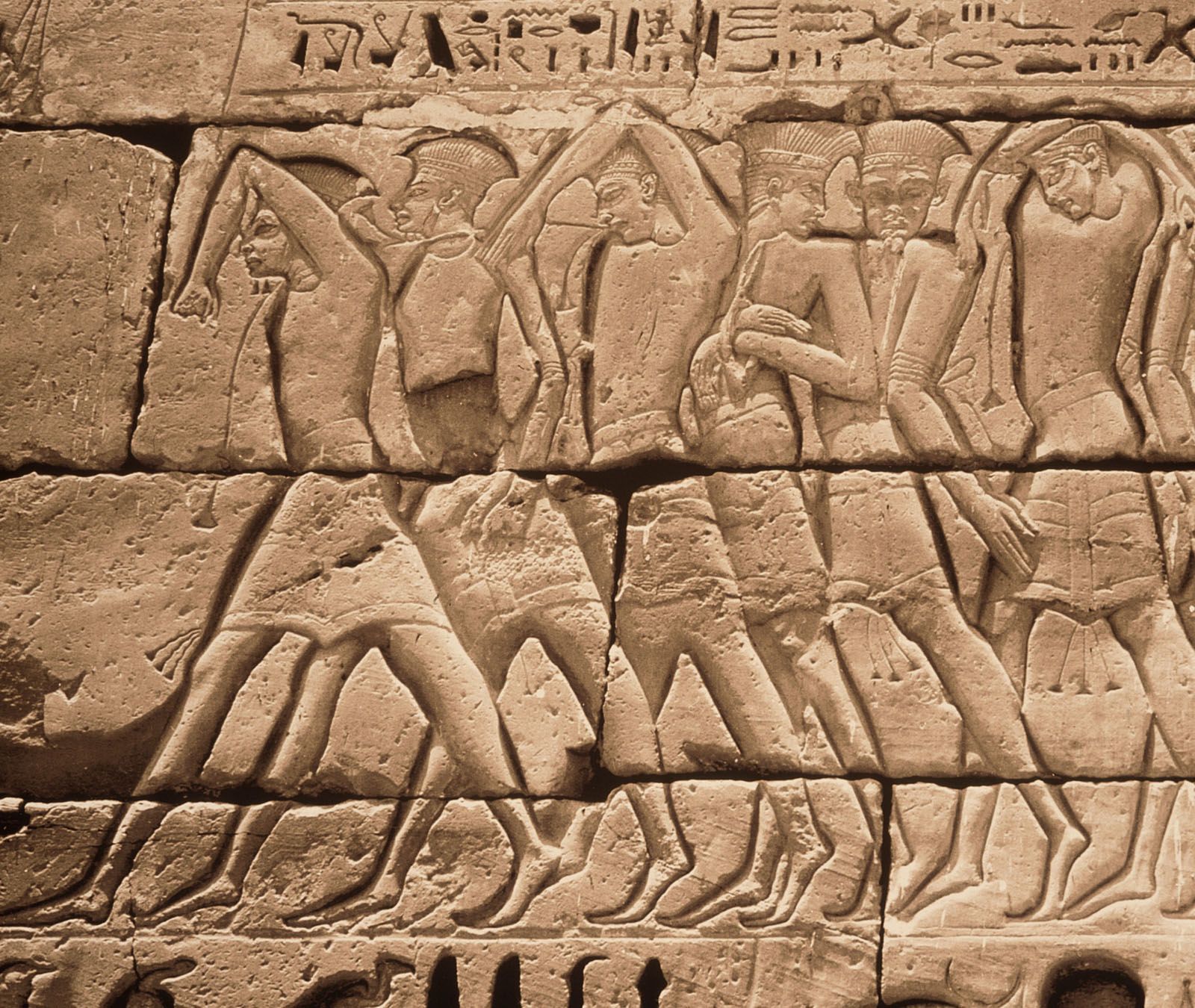
The *Iron Age* marks a pivotal period in ancient history, particularly for the Canaanites and Philistines, as it signifies a time of significant socio-political and cultural changes. Defined primarily by the use of iron tools and weapons, this era brought about innovations in agriculture, warfare, and social organization, fundamentally reshaping the landscape of the region. The interaction between various groups, including the *Philistines*, Israelites, and the indigenous Canaanite populations, highlights the complex dynamics that characterized this transformative time.
Throughout the *Iron Age*, the identity and cultures of the *Canaanites* and *Philistines* evolved amidst external pressures and internal developments. The *Philistines'* arrival from the sea, as part of the larger migrations of the Sea Peoples, and the Israelites' gradual settlement in Canaan not only redefined territorial boundaries but also sparked cultural exchanges and conflicts. Understanding the defining characteristics of this era for both peoples is essential to comprehending their historical legacies and the foundation of subsequent civilizations in the region.
- Historical Context of the Iron Age
- The Arrival of the Israelites in Canaan
- The Role of Sea Peoples in Shaping the Era
- Monotheism and Its Impact on Identity
- The Rise of the Israelite Monarchs: Saul, David, and Solomon
- Economic Developments and Social Tensions
- The Split of the United Kingdom into Israel and Judah
- Assyrian Conquests and Their Effects on Canaanite and Philistine Societies
- The Iron Age Legacy in the Region
- Conclusion: Defining Characteristics of the Iron Age for Canaanites and Philistines
Historical Context of the Iron Age
The *Iron Age* in the Southern Levant, specifically within *Canaanite* and *Philistine* territories, is generally dated from around 1200 BCE to 586 BCE. This period succeeded the *Bronze Age* and was marked by the technological advancement of iron metallurgy, leading to enhanced agricultural tools, weaponry, and overall advancements in various aspects of daily life. The arrival of new groups, alongside the remnants of previous civilizations, created a tapestry of cultural identities that were in constant flux.
As the *Philistines*, known as a maritime people, settled along the coastal plains, they established five major city-states: Ashdod, Ashkelon, Ekron, Gath, and Gaza. Their connection to the Mediterranean allowed them to engage in trade, which further enriched their culture. Conversely, the *Canaanites*, who were primarily agrarian, faced both challenges and opportunities as they navigated the shifting political landscape brought about by new settlements and conquests.
The Arrival of the Israelites in Canaan
The entrance of the Israelites into *Canaan* during the early 12th century BCE was a significant event that changed the region's dynamics. Traditionally viewed through the lens of biblical narratives, the *Israelite* tribes emerged from the wilderness, seeking settlement amidst the remnants of earlier civilizations. Their conquests were not merely military but were deeply intertwined with a newfound monotheistic faith which distinguished them from their polytheistic neighbors.
The Israelites were not alone in their settlement; they received support from various *Canaanite* groups who had adopted aspects of Hebrew culture and language. This complex interaction allowed for the establishment of a diverse social tapestry in which trade, agricultural practices, and religious beliefs were interwoven. However, opposition from the resurgent *Canaanites* posed a threat to their expansion, which was often mitigated by the chaos introduced by invasions from the Sea Peoples.
The Role of Sea Peoples in Shaping the Era
The advent of the *Sea Peoples* in the late Bronze Age was a crucial turning point for the civilizations of the Eastern Mediterranean, directly impacting both the *Canaanites* and the *Philistines*. Archaeological evidence suggests that the Sea Peoples engaged in widespread raiding and disruption of trade routes, contributing to the decline of major city-states and creating a power vacuum that facilitated the rise of new entities, including the *Philistines*.
The *Philistines* are thought to have been part of this confederation, arriving by sea and establishing themselves along the coast, where they laid claim to fertile territories. This not only provided them with strategic advantages over the agricultural *Canaanites* but also enabled them to foster a distinct identity that incorporated elements from various cultures, including Aegean influences. As the *Philistines* flourished, the Israelites too adapted to these changes, altering their tactics and strategies to secure their hold on the land.
Monotheism and Its Impact on Identity
The establishment of monotheism among the *Israelites* played a critical role in shaping their identity during the *Iron Age*. Unlike the *Canaanites*, who worshipped multiple gods, the Israelites unified under the worship of a singular deity, Yahweh. This faith became a central aspect of their culture, binding them together in a shared belief system that transcended tribal affiliations and provided a foundation for social cohesion.
This development of a monotheistic identity not only influenced *Israelite* society but also posed challenges in relation to neighboring cultures, particularly the *Philistines*. The *Philistines*, who adhered to a pantheon of deities such as Dagon and Ashtoreth, often found themselves in conflict with the *Israelite* tribes. The ideological clash between monotheism and polytheism served to deepen existing divisions while simultaneously sparking encounters that have shaped the historical narrative of the region.
The Rise of the Israelite Monarchs: Saul, David, and Solomon
The political landscape of the *Iron Age* was significantly shaped by the emergence of powerful *Israelite* leaders. From around 1020 BCE, Saul became the first king, marking a significant transition from loose tribal confederations to a structured monarchy. His reign laid the groundwork for subsequent leadership, although Saul struggled to maintain control over a diverse and often fractious populace.
David, succeeding Saul, expanded the *Israelite* kingdom, establishing Jerusalem as its capital. Through military conquests and shrewd political maneuvers, David united disparate tribes, fostering a sense of national identity and purpose. His rule is often characterized by its cultural flourishing, with the introduction of artistic and architectural innovations.
David's son Solomon further cemented this legacy, focusing on economic development through trade alliances and monumental construction projects, including the First Temple in Jerusalem. However, these achievements came at a cost, as they relied heavily on taxation and forced labor, which eventually led to social tensions and unrest among the populace.
The *Iron Age* was marked by significant changes in the economic landscape of *Canaanite* and *Philistine* societies. With the emergence of both kingdoms—Israel and Judah—came increased trade, agricultural advancements, and the establishment of urban centers. The integration of iron tools facilitated enhanced agricultural productivity, allowing for population growth and urbanization.
Despite these advancements, economic disparities emerged, leading to social tensions between different segments of society. The heavy taxation during Solomon’s reign resulted in discontent among the labor force and agricultural communities. These tensions contributed to the eventual fracture of the United Monarchy into two separate kingdoms—Israel in the north and Judah in the south—by the end of Solomon’s rule.
The Split of the United Kingdom into Israel and Judah
The division of the United Kingdom was a critical juncture in *Israelite* history that altered the course of both Israel and Judah. Internal strife and opposition to centralized power, especially in the wake of Solomon's oppressive policies, catalyzed this fracture. In 931 BCE, upon Solomon’s death, his son Rehoboam ascended to the throne, but the dissatisfaction among the northern tribes led to their secession and the establishment of the northern kingdom, Israel, under Jeroboam.
This split resulted in a distinct separation of identities, cultures, and political structures. Israel and Judah, while sharing certain cultural and religious ties, began to develop their paths, evidenced by differing leadership styles, economic strategies, and religious practices. Israel, with its larger population, focused heavily on trade and alliances, while Judah remained more centralized around Jerusalem and its monotheistic traditions.
Assyrian Conquests and Their Effects on Canaanite and Philistine Societies
The rise of the Assyrian Empire in the late *Iron Age* brought substantial challenges to both Canaanite and Philistine societies. Beginning in the 9th century BCE, Assyrian expansion was characterized by military conquests and extreme brutality, leading to the deaths of leaders and the deportation of populations. The conquest of the northern kingdom of Israel in 722 BCE exemplified the vulnerability of these regions to powerful neighboring empires.
As the Assyrians asserted control, both *Canaanites* and *Philistines* faced cultural and political shifts. The imposition of Assyrian administrative structures, heavy tribute requirements, and forced resettlement significantly disrupted traditional practices. Many *Philistine* city-states, already weakened by internal conflicts, found it increasingly difficult to maintain their independence.
The Iron Age Legacy in the Region
The legacy of the *Iron Age* for both the *Canaanites* and *Philistines* resonates through the following centuries, shaping the cultural and historical landscape of the area. To the *Philistines*, their city-states became symbols of strength but also bearers of their eventual decline post-Assyrian conquest. Their pottery, architecture, and cultural practices evolved, leaving behind rich archaeological layers that portray their life during and after this era.
For the *Canaanites* and the Israelites, the *Iron Age* laid the foundational elements of their identity, particularly in terms of religious belief and societal structure. The ideological battle between monotheism and polytheism continued to play a pivotal role in shaping the cultural identity of the region, providing a sense of continuity amid change. The establishment of Jerusalem as a spiritual and political center for Judaism continued to influence the trajectory of future civilizations in the region.
Conclusion: Defining Characteristics of the Iron Age for Canaanites and Philistines
The *Iron Age* stands as a crucial epoch that defined the trajectories of the *Canaanites* and *Philistines*. Characterized by increased technological advancement, shifts in power dynamics, and the rise of centralized kingdoms, this period significantly contributed to shaping cultural identities and societal structures. The clash between monotheistic and polytheistic traditions created an environment rich in ideological conflict and cultural exchange.
As we look back on this era, it becomes clear that both the *Canaanites* and *Philistines* left indelible marks on the history of the region, united by their struggles and adaptations to changing circumstances. The complex interactions between these groups during the *Iron Age* not only defined their periods of prosperity and strife but also laid the groundwork for the future civilizations that would emerge from the rich tapestry of their histories.
Did you find this article helpful? What defines the Iron Age for Canaanites and Philistines See more here Education.
Leave a Reply

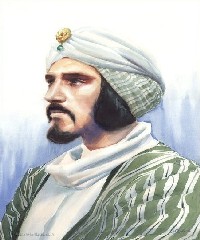

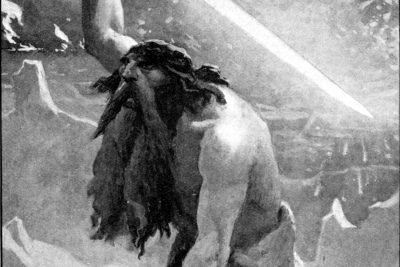
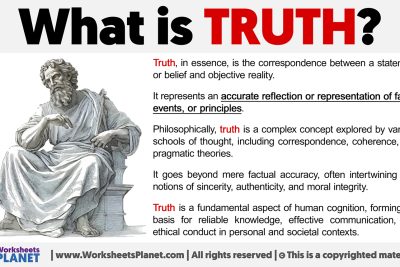
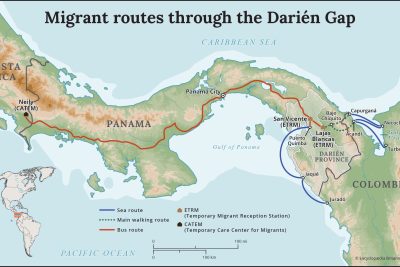
Related posts